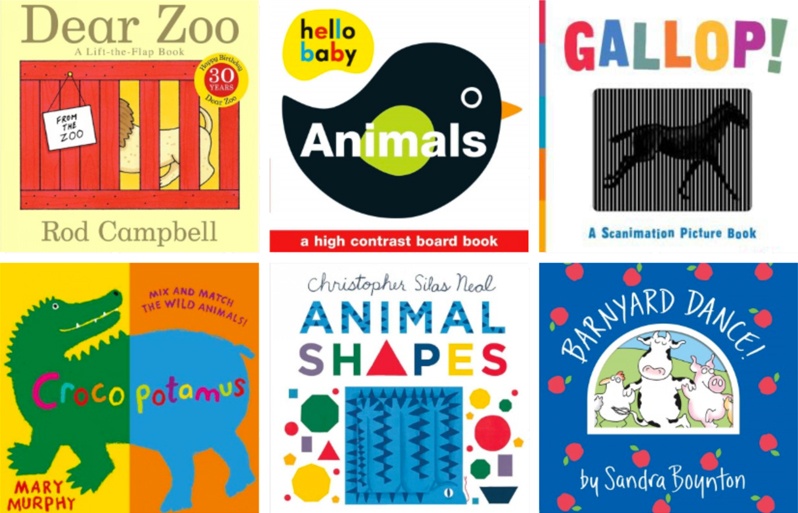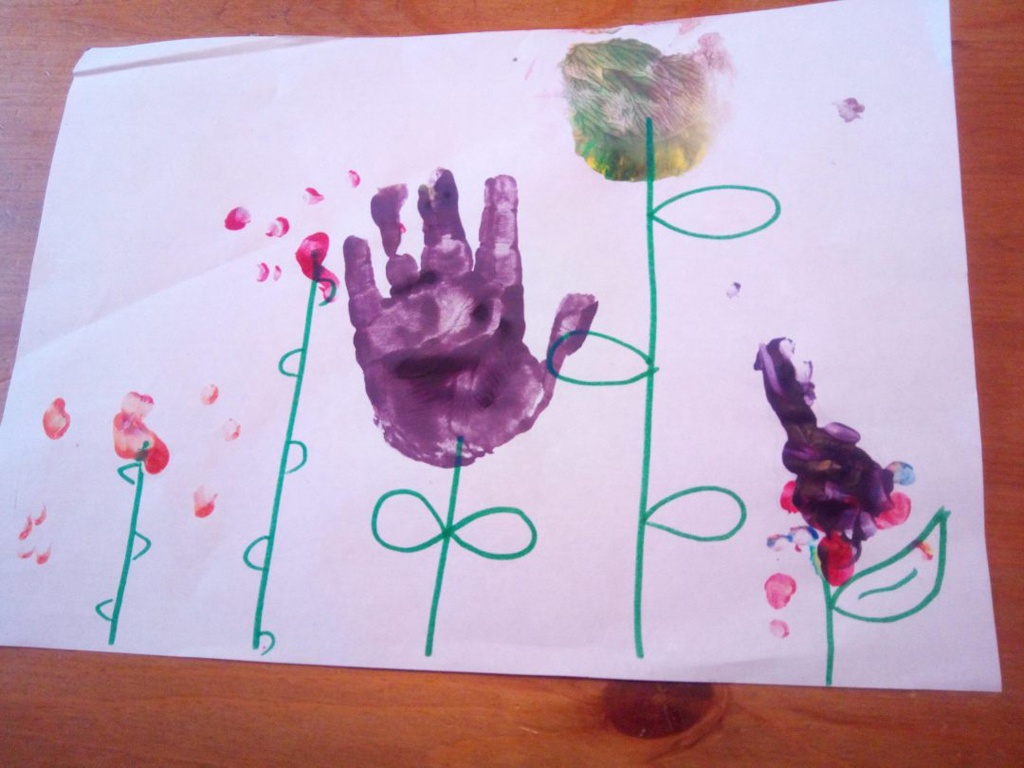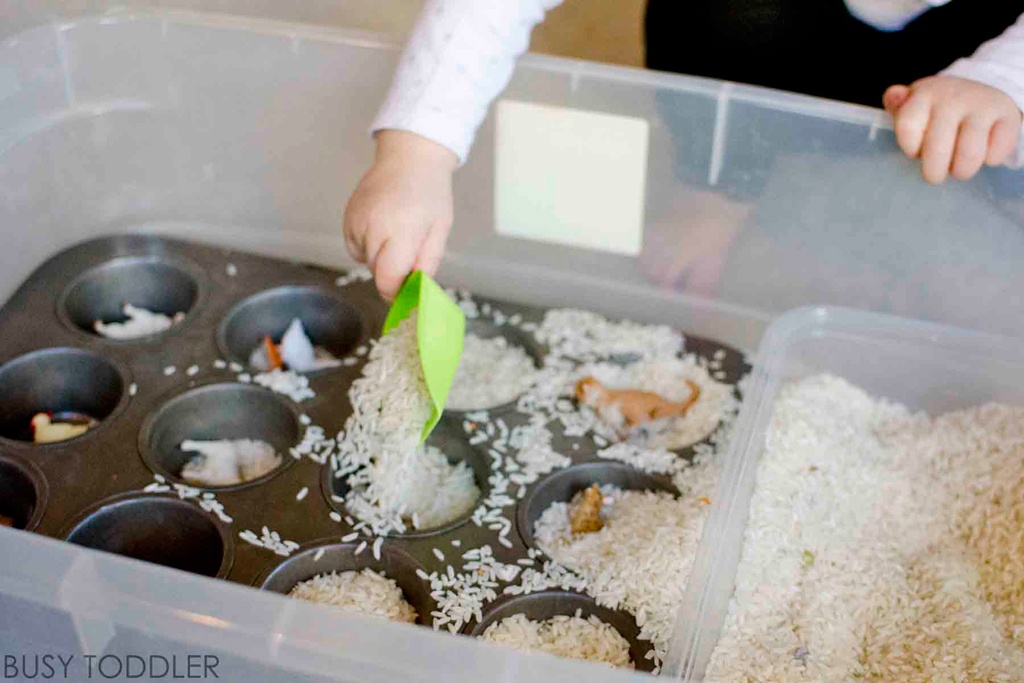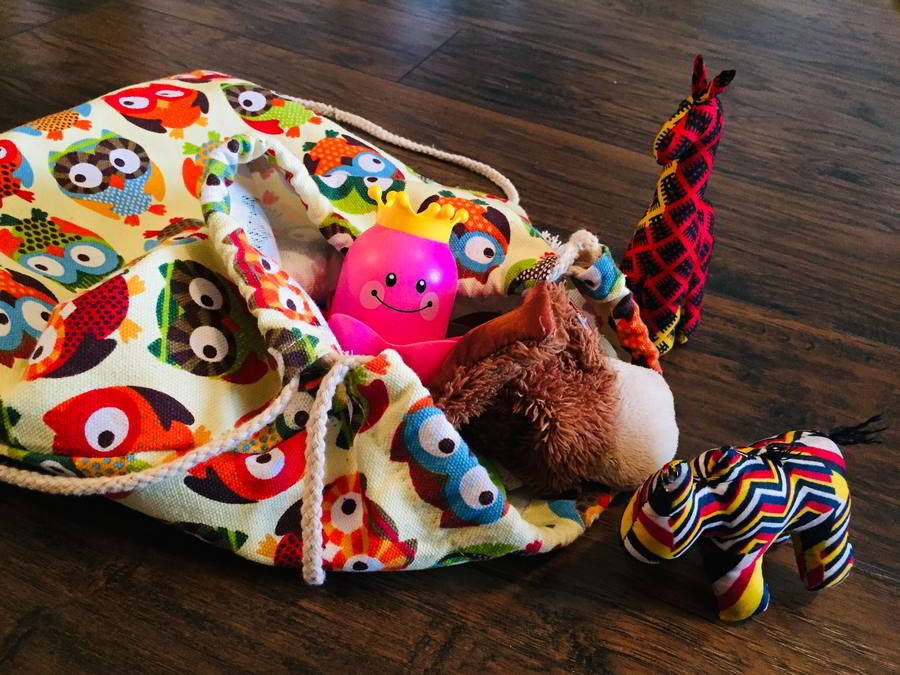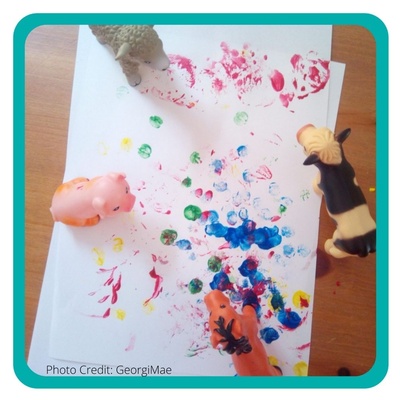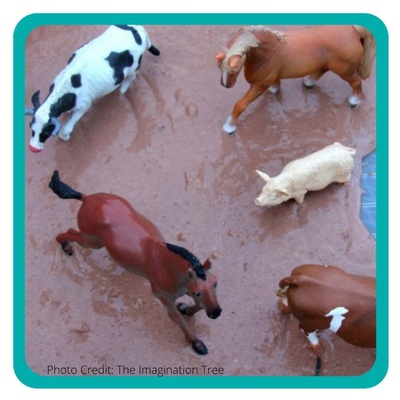Read, Baby, Read is a Free Library initiative focused on encouraging early literacy development among infants and young toddlers under two years old.
We work with 12 participating libraries across Philadelphia to reach caregivers of all ages, providing resources that support early literacy skills, language development, and purposeful play. In addition, you can find early literacy tips and resources on our Instagram @read.baby.read!
Each month, we’ll be bringing you fun activity ideas with a theme based on the five early literacy practices from Every Child Ready To Read: Read, Sing, Write, Play, and Talk!
Last month, we explored vehicles.
This month is all about animals!
READ
There are a lot of fantastic board books about animals available in the Free Library’s catalog. It’s easy to place holds online for free and schedule curbside pick-up at select neighborhood libraries.
-
Dear Zoo by Rod Campbell
This classic lift-the-flap book encourages little ones to put their prediction skills to the test as they discover each new "gift" from the zoo. -
Animals by Roger Priddy
High contrast books like this one are great for newborns because the images stimulate their still underdeveloped vision. -
Gallop by Rufus Butler Seder
Using a technique called "scanimation," the illustrations in the book create the illusion of animals moving. -
Crocopotamus by Mary Murphy
This silly mix-and-match book allows children to develop their matching skills. -
Animal Shapes by Christopher Silas Neal
Children can learn about shapes in a unique way by exploring how different animals make different shapes. (Watch Sarah read it on our Instagram!) -
Barnyard Dance by Sandra Boynton
The rhythmic text in this fun book creates a great opportunity to encourage movement as you "dance" along with the farm animals. (Watch Sarah read it on our Instagram!)
SING
There are many classic children’s songs about animals. Songs like "Five Little Ducks" help children learn about counting, while finger play songs like "The Itsy Bitsy Spider" help them develop fine motor skills. The lyrics to these and other animal songs can be found in this online song database. We also recommend checking out Jbrary’s animal storytime playlist for some lesser-known lap bounces and rhymes (we especially love the lap bounce "A Hippopotamus Got On A City Bus")! We include many animal songs in our own virtual baby storytimes as well. Watch this storytime with Sarah to see a rendition of "Old MacDonald" using a flannel board!
WRITE
Art activities are a great way to help your child develop their pre-writing skills, so try incorporating animals next time you want to paint. If you have toy animals, let your child dip the animals in paint and then "stomp" them around on paper to make tracks! Alternatively, cut some sponges into the shapes of different animal feet to create a stamping activity. Fine motor activities are also important for developing prewriting skills. This "animal rescue" activity involving tape is a great way to encourage fine motor skill development.
PLAY
We love sensory play at Read, Baby, Read, so grab some toy animals and get dirty by pretending they’re on a farm! This sensory bin activity recommends using pudding as a taste-safe substitute for real mud. After getting the animals dirty, be sure to give them a soapy bath! This variation adds some extra fine motor development to the activity by incorporating an old toothbrush to scrub the animals clean.
Looking for something a little dryer? If you have a toddler, try filling a sensory bin with something dry like uncooked rice or beans and hiding animals for your child to "dig out" and rescue. The muffin tin version of this activity allows your child to experiment with scooping and pouring. No matter what sensory bin activity you choose, always make sure you are supervising your child at play!
TALK
When talking with your child, be sure to use lots of animal noises. Hearing and mimicking animal sounds helps children develop phonological awareness, which is the ability to hear the smaller sounds within words. Try putting animal toys in a bag and letting your child pull them out as you make animal noises with them. You can also use stuffed animals or puppets when making your animal noises, or even try cutting animals out of felt to make your own flannel board pieces. Here’s a tutorial for farm animals and jungle animals!
When out at a park or when taking a stroll, talk with your child as you notice different animals such as birds in the air or dogs out for a walk. Using descriptive words about what you see (such as "look at the big, brown, fluffy dog") will help expand your child’s vocabulary.
Be sure to follow us on Instagram for daily tips and resources about early literacy as well as weekly virtual baby storytimes. And stay tuned for next month’s installment of this blog series with a brand new theme!
Read Baby Read’s team includes Early Childhood Specialists, Sarah Jacknis and Natasha Smith, and Program Coordinator Naisha Tyler. If you have questions about our program, feel free to email Naisha Tyler at TylerN @ freelibrary.org.
Read Baby, Read is made possible by a generous grant from the William Penn Foundation.
Have a question for Free Library staff? Please submit it to our Ask a Librarian page and receive a response within two business days.

